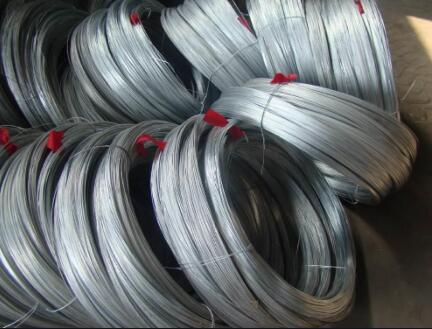Understanding 16D Common Nails Essential Tool for Construction and DIY Projects
When it comes to construction and home improvement, one of the most frequently used fasteners is the common nail. Among the many types of common nails available, the 16D common nail holds a prominent place due to its versatility and strength. But what exactly sets this nail apart, and how can it be utilized effectively in various projects?
What is a 16D Common Nail?
The 16D designation refers to the size of the nail, where D stands for penny. The 16D nail specifically measures 3.5 inches in length. The penny system dates back to medieval England, where the size of nails was related to the cost of a hundred nails (more expensive nails were longer). Today, the penny system is widely adopted in the United States and helps in identifying nail sizes based on their lengths.
Material and Coating
16D common nails are typically made from steel, making them strong and durable. Many manufacturers offer these nails in various coatings. Galvanized 16D nails, for instance, have a protective zinc coating that prevents rust and corrosion, making them ideal for outdoor projects or areas with high moisture levels. Conversely, smooth shank nails are appropriate for simpler indoor applications, where exposure to the elements isn't a concern.
Applications of 16D Common Nails
The 16D common nail is a staple in both framing and general construction. Here are some typical applications
1. Framing Due to its substantial length and holding power, the 16D nail is commonly used in timber framing. Builders use these nails to connect 2x4s and other dimensional lumber in the frame of a house.
2. Decking and Fencing Because these nails can resist bending and pulling out under load, they are often chosen for attaching decking boards and building fences. The galvanized option is particularly recommended for outdoor structures to ensure longevity.
16d common nail

3. Subflooring Installing subflooring in a home often requires the use of 16D nails. Their strength ensures that the boards are securely held in place, providing a sturdy base for finished flooring.
4. Sheathing In projects where plywood or OSB (oriented strand board) is used as wall or roof sheathing, 16D nails are an ideal choice for attaching these panels to framing.
Installation Tips
When utilizing 16D common nails, it's essential to follow certain guidelines to ensure a successful installation
- Pre-drilling For denser woods, pre-drilling a pilot hole can prevent the wood from splitting and facilitate easier nail driving.
- Hammer Technique Use a quality hammer, aiming for the head of the nail squarely to avoid bent nails. Furthermore, drive the nail straight for maximum holding power.
- Spacing When nailing boards together, ensure proper spacing between nails. For framing, a general guideline is to space nails 16 inches apart along edges and 24 inches along the center of boards.
Conclusion
The 16D common nail is an essential fastener in the construction and DIY world. With its appropriate size, substantial strength, and versatile applications, it's a go-to option for builders and hobbyists alike. Whether you're constructing a deck, framing a house, or embarking on a home improvement project, understanding the characteristics and usage of 16D common nails can enhance your work's quality and durability. Choose wisely, hammer accurately, and you'll find this humble nail can make a significant difference in your projects.

















